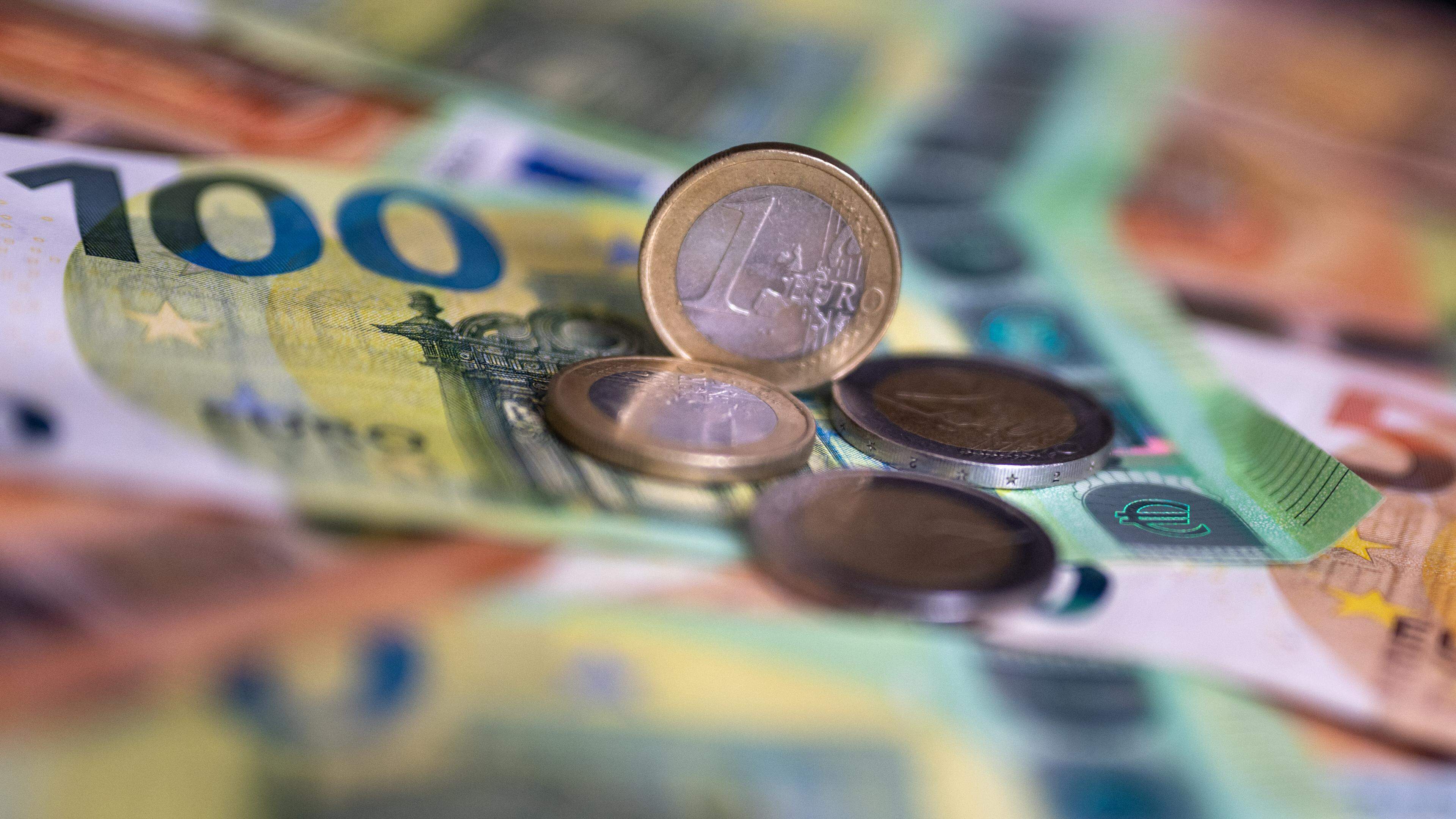Toyota Mirai outclassed by electric cars in the car market

It was strangely not an electric toyota. Although Toyota has several new electric car models that would need some marketing for help to fly out of the sales halls, it was instead the hydrogen -driven model Mirai that led the marathon runners. There are exactly 14 copies of Mirai registered in traffic in Sweden.
It is not because there is a particularly bad car, it is just quite propertyless and impractical, but rather because hydrogen as a fuel in passenger cars is a hopeless project. It turns out more and more to be the wrong track. Just as when Kiplagat Kiplomo took steps away from the rally at Stadion.
Hydrogen is really A fantastic easy way to store energy. In a utopian society, everyone can gather wind and solar energy and turn it into hydrogen gas stored in a small cabinet at the house, considerably cheaper than saving the energy in large batteries. But to that utopia it is long.
In the highly non-utopian reality we live in for the moment, there is no reason to drive cars on hydrogen.
Global sales of hydrogen -powered cars decreased in 2024, for the second year in a row. 20 percent fewer hydrogen cars were sold than the year before and the total number became 12,866 cars. At the same time, more than 17 million new electric cars were sold at the same globe. The race thus seems to be more than run for the hydrogen cars and soon we will probably talk about them in the same way we remember the fights VHS/Betamax and DVD/Laser Disc?
In addition, there are now electric cars with such high charging performance that they are not many minutes after the hydrogen cars
The great advantage of driving a hydrogen -driven car, where the hydrogen gas is stored in a high pressurized gas tank and fed to a fuel cell that drives the wheels, is that it is quick to refuel. Refueling a hydrogen tank from Tom to full takes less than five minutes, compared to charging an electric car battery that takes at least half an hour.
The great disadvantage With hydrogen, the loss of energy is. If you assume that you have 100 kilowatt hours of electrical energy and convert to hydrogen, only 23 percent remain, with production, storage and transport to the vehicle included. 100 will be 23, compared to electric cars, where 100 becomes 69. In other words, an electric car is three times as energy efficient as a hydrogen car when looking at the entire chain from electricity generation to delivery to the drive wheels.
In addition, there are now electric cars with such high charging performance that they are not many minutes after the hydrogen cars when it comes to charging fully, such as Zeekr 7X.
It looks dark for the hydrogen gas as a fuel. Germany’s largest hydrogen supplier H2 Mobility chose this spring to close 22 hydrogen stations in the country and focus on hydrogen distribution for the transport sector. In California, Shell closes ten of its eleven hydrogen stations, to the dismay of many Toyota Mii-owners. If it is somewhere Mirai has sold less bad then it is precisely in California.
Hydrogen as a fuel is an attractive thought. Being able to produce the environmentally friendly of green electricity, transporting or storing it and then using it with only water as a residual product from the exhaust pipe is something that is still in the plans of some of the world’s largest car manufacturers: BMW, Hyundai and Toyota. But, as I said, they are just a few, and compared to their investments in electric cars, the hydrogen projects fade.





/s3/static.nrc.nl/images/gn4/stripped/data133658593-e5775d.jpg|https://images.nrc.nl/s_Tz0T60JmCh_W1SvlWeTwRJKQ8=/1920x/filters:no_upscale()/s3/static.nrc.nl/images/gn4/stripped/data133658593-e5775d.jpg|https://images.nrc.nl/ABecD1Oat1WmJmcr3RCBL0b1bsU=/5760x/filters:no_upscale()/s3/static.nrc.nl/images/gn4/stripped/data133658593-e5775d.jpg)

